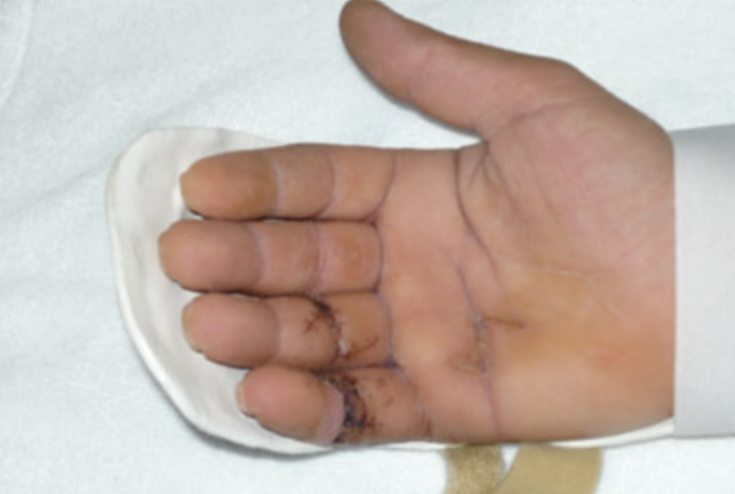Cumulative Trauma Disorder (CTD), also known as Occupational Overuse Syndrome, is a condition of the muscles in the wrist, forearm, arm and neck that is caused by their overuse (or misuse) at work. This guide unpacks the symptoms, management techniques, and preventative measures.
3 min read 5 May 2023
What is the Occupational Overuse Syndrome?
The Occupational Overuse Syndrome, commonly known as Cumulative Trauma Disorder (CTD), arises from the extended misuse or overuse of specific muscles during work activities.
Understanding Cumulative Trauma Disorder (CTD)
CTD primarily affects the muscles of the wrist, forearm, arm, and neck. Our upper limb muscles aren’t designed to maintain fixed positions or repeat the same tasks incessantly. When these muscles operate against their natural design, they release waste by-products, such as acid, due to energy production without adequate oxygen. It’s the accumulation of these by-products in certain regions that triggers pain, muscle spasm, tenderness, and an urge to halt the aggravating activity.
Identifying the Symptoms
Common signs include:
Treatment and Management
Addressing CTD requires a thorough analysis of one’s daily activities and techniques. The following recommendations can aid in management and recovery:
The Importance of Efficient Posture at Work
Maintaining a good posture can be key in managing and preventing CTD:
Recovery and Commitment
The intensity of CTD can vary and often changes over time. Both work and home life may necessitate some adjustments. Adopting a proactive attitude is crucial, as full recovery demands dedication and patience. Rest assured, you can overcome cumulative trauma disorder, and we’re here to guide you every step of the way.
